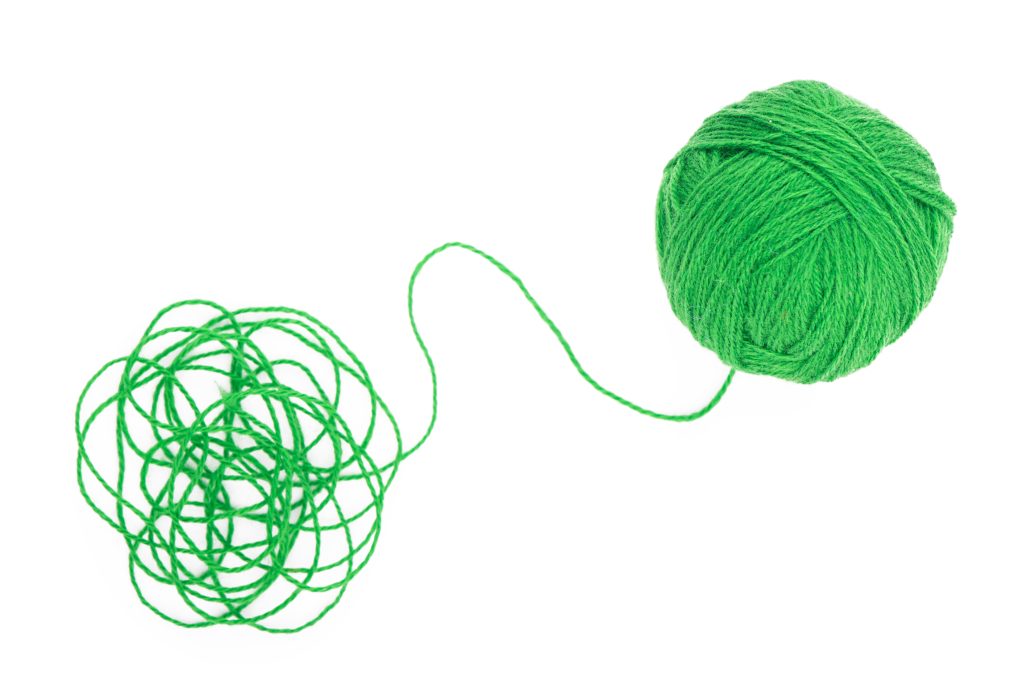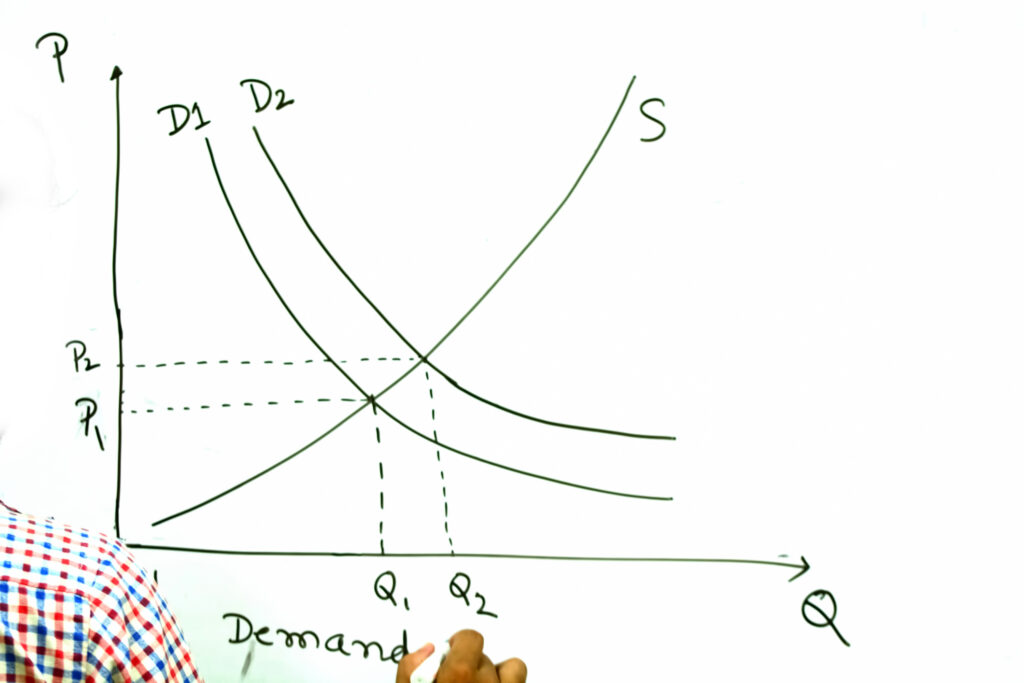
Grades 9-12

Don't have an account yet? Sign up for free
Don't have an account yet? Sign up for free
Students will be able to:

In this economics lesson, students analyze shifts in supply and demand in the auto market and related markets.
Warm-Up
Open the PowerPoint Slides and show Slide 1 on a projector screen. Use the speaking notes for talking points. Ask students to work with a partner to brainstorm all of the ways the expanding auto industry changed American lives – both good and bad. Encourage students to try to come up with 15-20 changes. Give students 5-7 minutes to work in pairs. Then, ask students to share their ideas. Responses will vary. Possible responses include: We began building more roads, removing streetcar lines, expanding suburbs, building parking lots, creating the oil industry, creating traffic lights, allowing more travel/tourism
Modeling
Explain to students that in this lesson, they will learn how innovations in the auto industry, led by Henry Ford in the early 1900s, impacted supply and demand (and therefore, equilibrium price and quantity) in the market for automobiles, as well as in related markets – like the markets for autoworkers, steel, horses, gas, cement, and other markets.
Show slide 2, which shows a demand curve and lists the typical categories of demand shifters. Review with students the meaning of each demand shifter. This is intended for review, not as a lesson on demand shifters. Use the speaking notes for talking points.
Show slide 3, which shows a supply curve and lists the typical categories of supply shifters. Review with students the meaning of each supply shifter. This is intended for review, not as a lesson on supply shifters. Use the speaking notes for talking points.
Show slide 4, which shows a market equilibrium where supply and demand cross. Remind students that shifts in either supply or demand (or both) will impact equilibrium price and quantity in a market. Ask students what happens in each scenario listed on the slide. Use the speaking notes for talking points including questions and answers.
Group Activity
Show slide 5. Ask students to make a list of each type of demand shifter (from Slide 2) and each type of supply shifter (from Slide 3) and work with a partner to come up with one example of how each shifter applies in the auto market. For example, the first demand shifter on the list is “Market (change in # of consumers).” If more Americans decide to live in cities and use public transportation, that would decrease the number of potential consumers for autos. Manipulate the graph to show that demand would shift to the left. As a result, price and quantity would both decrease.
Give students 10-15 minutes to work in a group to develop their examples. While they are working, circulate to check their work and ask guiding questions if the students are applying the terms incorrectly. When the time is up, ask several groups to present their shifters to the class, so students can see the variety of shifts that can impact the auto market.
Distribute copies of Impact of Shifts in Supply and Demand to each student. Have students predict what will happen in the auto market and the related markets listed. Students should submit their answers before the end of class. Use Impact of Shifts in Supply and Demand Answer Key to check for the correct answers.
Activity 1
Ask students to imagine a future in which driverless cars and ride-sharing apps have replaced private automobiles in all urban areas. Individuals are no longer permitted to commute from suburbs into cities or drive within cities using a privately owned car, although they may continue to drive them in rural areas. Instead, when a person in an urban area wants to travel to work, shopping, entertainment and so forth, they use their smart phone to request a car to a specific address, and a driverless car arrives to take them to their destination.
Explain that their assignment is to work with a partner to pick five other markets that would be impacted by this revolutionary change in transportation. Students should draw a supply and demand graph for each of these markets and illustrate the changes they predict. In addition, students should write a 1-2 sentence explanation of the predicted impact. Each pair will pick one market to present to the class.
If students are struggling to come up with markets, encourage them to think creatively. There would be many impacted markets, including the markets for auto insurance, keys, cup holders, navigation systems, smart phones, gasoline, off-street parking, and oil changes, to name a few.

Grades 9-12

Grades 6-8, 9-12

Grades 9-12

Grades 9-12
